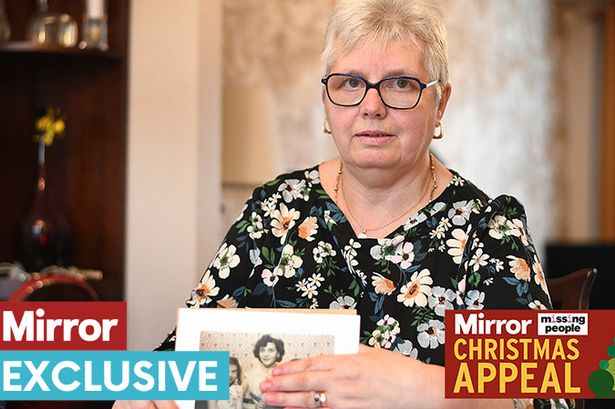The disappearance of Lucille Butterworth in August 1969 cast a long, chilling shadow over Tasmania, Australia. Her vanishing act, from a seemingly ordinary bus stop on a well-travelled route, baffled investigators and left her family, particularly her daughter, Christine, grappling with the agonizing uncertainty of her fate. Christine, still a child at the time, grew up with a void where her mother should have been, a void that fueled an unwavering determination to uncover the truth. This determination morphed into a lifelong quest, transforming Christine into an amateur sleuth, meticulously piecing together fragments of information, pursuing leads, and challenging official narratives in her tireless pursuit of justice for her mother.
The official police investigation in 1969, hampered by limited resources and investigative techniques of the time, yielded few concrete answers. Witnesses placed Lucille at the bus stop, intending to travel to Hobart for a work function. However, she never arrived. Initial theories ranged from a runaway to misadventure, failing to capture the gravity of the situation and ultimately leading to crucial delays in the investigation. This initial inaction allowed potential evidence to degrade and witness memories to fade, significantly hindering later attempts to reconstruct the events of that fateful afternoon. The lack of closure, coupled with the seeming indifference of the authorities, fueled Christine’s burgeoning suspicion that something more sinister had befallen her mother.
As Christine matured, her resolve to uncover the truth about her mother’s disappearance solidified. What began as a child’s yearning for answers evolved into a dedicated investigation spanning decades. She started collecting every scrap of information relating to the case: newspaper clippings, police reports, witness statements, anything that might shed light on her mother’s fate. Her bedroom transformed into a makeshift archive, walls plastered with timelines, photographs, and meticulously organized documentation. This obsessive dedication was driven by a profound sense of injustice and a refusal to accept the official narrative, or lack thereof, surrounding her mother’s disappearance. Christine’s quest became a personal crusade, a testament to the enduring power of a daughter’s love and the unwavering pursuit of justice.
Christine’s relentless efforts began to bear fruit in the late 1970s, as she unearthed inconsistencies and unexplored avenues within the existing documentation. She discovered witnesses who had never been formally interviewed, whose accounts offered tantalizing glimpses into potential leads that had been overlooked by the initial investigation. Her meticulous research revealed a pattern of similar disappearances around the same time, raising the specter of a potential serial predator operating in the area. Armed with this new information, she began to pressure authorities to reopen the case, challenging their initial conclusions and demanding a more thorough examination of the evidence. Her persistence and unwavering belief in her mother’s story slowly but surely chipped away at the wall of official indifference.
The renewed interest in the case, largely sparked by Christine’s tenacity, led to several coronial inquests over the years. These inquests, while failing to definitively solve the mystery, brought to light crucial new evidence and implicated several persons of interest. One individual, Geoffrey Charles Hunt, emerged as a prime suspect, linked to Lucille’s disappearance through circumstantial evidence and witness testimony. Although Hunt was never formally charged with Lucille’s murder, a subsequent inquest in 2011 found that he was most likely responsible for her death. Despite this significant development, the lack of a definitive conviction continued to frustrate Christine, who remained determined to secure a definitive answer and ensure accountability for her mother’s tragic fate.
Christine’s decades-long fight for justice has not only kept Lucille’s story alive but has also illuminated the systemic failures of the initial investigation. Her unwavering dedication serves as a potent example of the crucial role that families can play in advocating for their missing loved ones. Her meticulous preservation of documents, her relentless pursuit of leads, and her unwavering pressure on authorities have fundamentally changed the narrative surrounding her mother’s disappearance. While the pain of not knowing the precise details of what happened to Lucille remains, Christine’s tireless efforts offer a glimmer of hope, a testament to the enduring power of love, perseverance, and the unwavering pursuit of truth in the face of unimaginable loss. Her story is a stark reminder that justice delayed is not necessarily justice denied, and that the fight for truth, however long and arduous, is a fight worth fighting.














